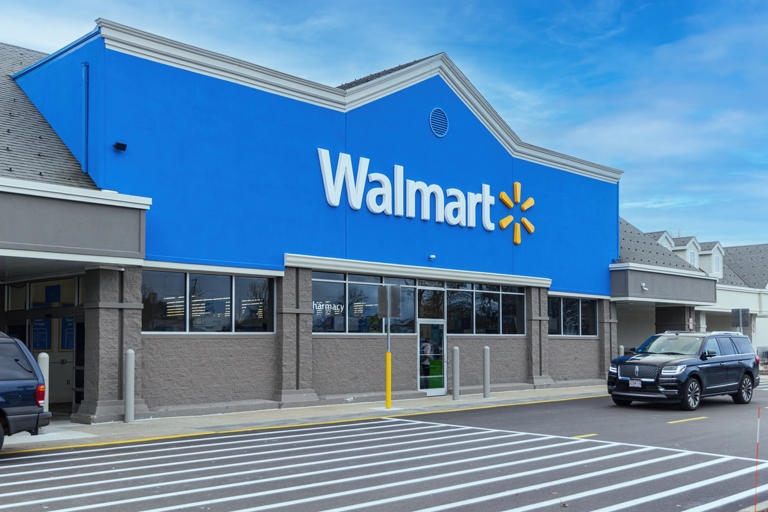Certainly! Walmart’s adoption of digital shelf labels represents a significant evolution in retail technology aimed at improving operational efficiency and enhancing customer experience across its vast network of stores. Traditionally, managing the pricing and information display for over 120,000 items stocked in each store has been a labor-intensive task. Employees often spent considerable time manually updating paper labels to reflect price changes, promotions, and product information.
Transition to Digital Shelf Labels
By 2026, Walmart plans to transition from traditional paper labels to digital shelf labels in 2,300 of its stores. This shift involves replacing static paper tags with electronic displays that can be updated remotely via a mobile application. This technological upgrade not only eliminates the need for physical label changes but also ensures that prices and product details are instantly updated across the store’s shelves. This move is expected to significantly reduce the workload for store employees, freeing up their time to focus more on customer service and operational tasks that require human intervention.
Benefits of Digital Shelf Labels
Walmart cites several advantages of digital shelf labels beyond just accurate pricing:
- Enhanced Stock Management: With digital labels, employees can use the mobile app to indicate when items need restocking by activating LED lights on the shelf tags. These lights provide visual cues that help staff locate and replenish products faster, improving overall inventory management efficiency.
- Improved Customer Experience: Customers benefit from always seeing accurate pricing displayed on the shelves. This transparency helps build trust and ensures that shoppers can make informed purchasing decisions without confusion or surprises at checkout.
- Efficient Online Order Fulfillment: The same LED lights used for restocking notifications can also assist in fulfilling online orders. By quickly identifying the exact location of items on the shelves, Walmart can expedite the picking process for online orders, ensuring accuracy and timeliness in fulfillment.
Addressing Concerns
Despite the clear benefits, the introduction of digital shelf labels has sparked concerns about potential job displacement. Similar to debates around self-checkout systems, some critics argue that automation could lead to reduced employment opportunities for retail workers who traditionally handled manual tasks like label changes. However, Walmart emphasizes that human workers will remain essential in overseeing and maintaining the digital label system. Employees will continue to play vital roles in ensuring accuracy, responding to customer inquiries, and providing personalized service that automation alone cannot replicate.
Strategic Alignment with Business Goals
Walmart’s adoption of digital shelf labels aligns with its broader business strategy to optimize operations, manage costs, and enhance competitiveness. Recent initiatives such as price reductions on thousands of items and the introduction of new store brands demonstrate Walmart’s commitment to offering value and attracting customers in a competitive retail landscape.
Future Outlook
As consumer preferences evolve and technology continues to advance, Walmart’s investment in digital solutions reflects its proactive approach to meeting the demands of modern retail. The deployment of digital shelf labels is just one example of how Walmart is leveraging technology to streamline operations, improve efficiency, and deliver superior customer service. Looking ahead, Walmart’s ongoing innovation in retail technology is likely to set standards for the industry, paving the way for more efficient and customer-centric shopping experiences in the future.
